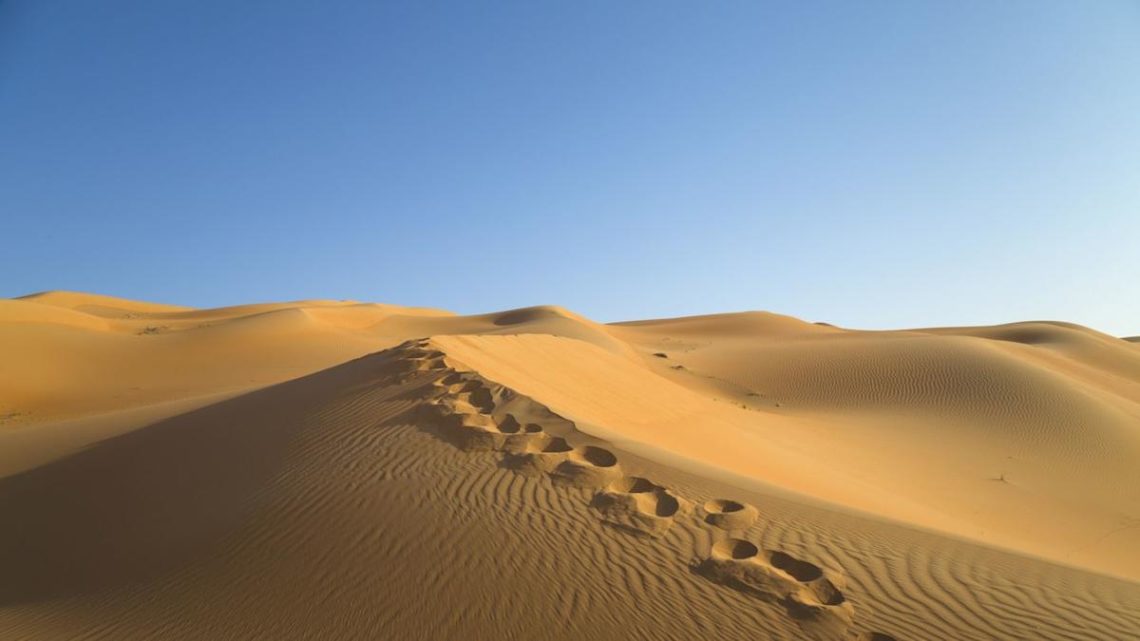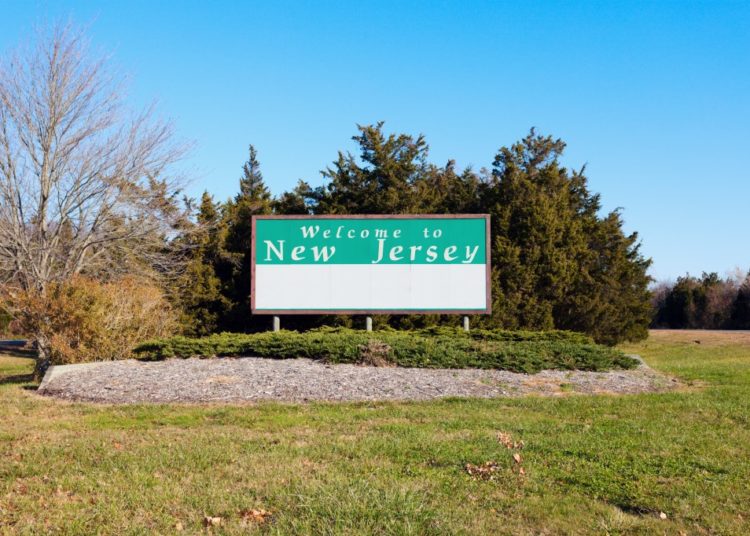“Hearst Magazines and Yahoo may earn commission or revenue on some items through these links.”
-
Rub’ al-Khali is the largest “sand sea” in the world, but it was once filled with something quite different: water. And lots of it.
-
Researchers suggest that the lake once reached up to 42 meters (138 feet) deep.
-
The lake likely played a role in human migration patterns.
It’s hard to believe that some of the driest, hottest places on Earth were once luscious green centers of biodiversity. The desert Rub’ al-Khali—also known as “The Empty Quarter” in English—is the perfect example of this. Spanning the lower third of the Arabian peninsula, Rub’ al-Khali receives an average of just 3 centimeters of rainfall each year. But a new paper suggests that the region had a lot more than 3 centimeters of water—instead of a desert, it was a lake.
In a paper published in the journal Communications Earth & Environment, researchers estimate that the lake once reached up to 42 meters (approximately 138 feet) deep at its deepest, and was about 1,100 m². That’s nearly double the surface area of modern day Lake Geneva in Switzerland (580 m²), researcher Sébastien Castelltort explained in a press release.
According to the release, the ancient lake likely reached its largest size around 8,000 years ago during a time of heavy rainfall known as the “Green Arabia” period. Researchers believe that, at one point, extreme precipitation caused the lake to overflow, carving a 150-kilometer-long valley into the Earth.
Scientists studied sediments and landforms in the region to determine where these floods were coming from. They concluded that the wet periods that contributed to filling the ancient lake likely came from northward expansions of African and Indian monsoons. When the lake did reach its peak size, it wasn’t just a pretty sight—it may have been a crucial part of human activity in the region.
‘‘The formation of lake and river landscapes, along with grasslands and savannahs, would have facilitated the expansion of hunting, gathering, and pastoral groups into what is now a dry, barren desert,” Michael Petraglia, a researcher on the study, said in the press release. “This is confirmed by abundant archaeological evidence found in the Empty Quarter and along its ancient lake and river systems.’’
Though the conditions during the Green Arabia period were prosperous, the region eventually experienced a sharp decline in rainfall, forcing populations to migrate. While the study’s findings shine a light on Rub’ al-Khali thousands of years ago, they’re also relevant in current climate research.
“Understanding how past climate changes shaped both the physical environment and the distribution of human populations,” Castelltort said, according to La Brújula Verde, “is essential to interpreting today’s challenges.”
You Might Also Like
The post Scientists Found Evidence of a 138-Foot-Deep Lake in the Middle of an Enormous Desert appeared first on Popular Mechanics.




